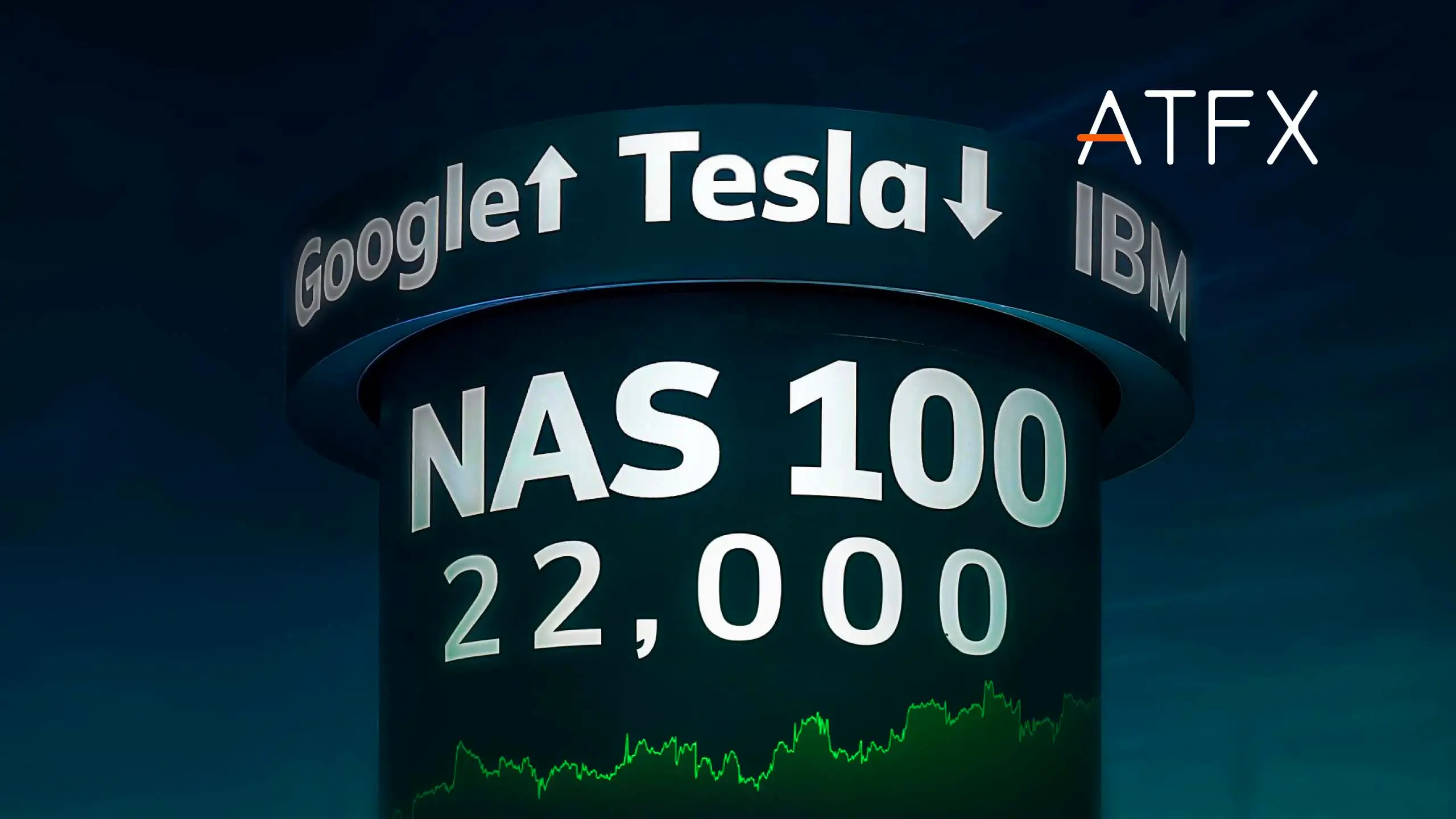Key takeaway: A sharp slowdown in U.S. job growth, downward revisions to prior months, and weak manufacturing data pushed traders to price in significant Fed rate cuts, driving the euro higher against the dollar despite firmer eurozone inflation.
The euro surged more than 1% against the U.S. dollar Friday after a weaker-than-expected U.S. jobs report fueled expectations of multiple Federal Reserve interest rate cuts this year. The EUR/USD live chart pair climbed from 1.1391 to 1.1554 before briefly touching 1.1597, its highest level in weeks.
July’s Nonfarm Payrolls showed the U.S. economy added just 73,000 jobs, far below the 110,000 forecast. Revisions to May and June figures erased 258,000 jobs, while the unemployment rate ticked up to 4.2%. Average hourly earnings increased 3.9% year-over-year, indicating persistent wage pressures.
Following the report, futures markets priced in 62 basis points of Fed rate cuts by December, with a 76% chance of a 25-basis-point cut in September, according to Prime Market Terminal data. Despite stronger-than-expected eurozone inflation data. The headline Harmonized Index of Consumer Prices (HICP) held at 2.4% year-over-year, and core HICP remained at 2.0%. The rally was driven mainly by dollar weakness.
Adding to the bearish sentiment for the dollar, the Institute for Supply Management reported a fifth consecutive month of U.S. manufacturing contraction, and the University of Michigan consumer sentiment index slightly missed expectations at 61.7.
Federal Reserve officials offered mixed responses. Cleveland Fed President Beth Hammack called the jobs report “disappointing” but stressed the labour market is “broadly balanced,” while Atlanta Fed President Raphael Bostic signalled support for only one rate cut this year, citing ongoing inflation risks.
The euro’s advance was further supported by improving manufacturing indicators in Spain and Italy, while Germany and France saw deeper declines, highlighting a mixed recovery within the eurozone.


